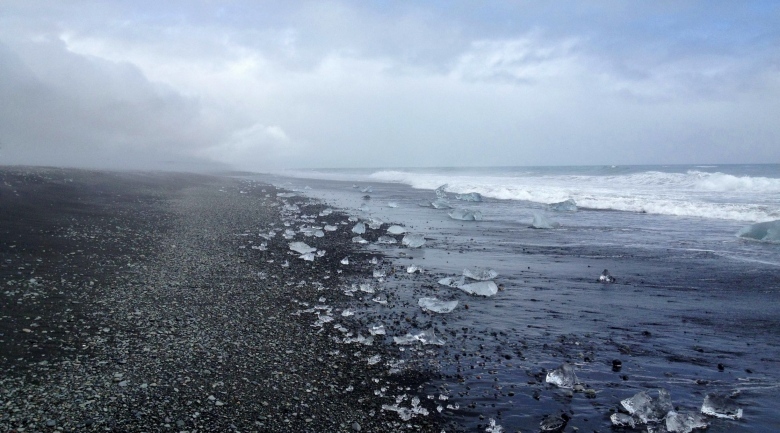
The Larsen Ice Shelf is one of the Antarctic’s most mysterious landscapes. Despite its relative accessibility, it remains one of the ice cap’s least explored places. It is best understood from space, from where satellite images have mapped mysterious dark patches which appear each summer. Few have ventured to the region and nobody has researched the lakes and ponds.
Until now, as a group of hardy scientists prepare to lead a unique expedition to the Antarctic in an effort to better understand the effects of climate change on the frozen continent. Professor Bryn Hubbard and Dr David Ashmore from Aberystwyth University along with colleagues from Swansea University will be using hot water to drill up to 150m into deep ice sheets, which surround 75% of Antarctica’s coastline. Most research undertaken in their area of interest has until now been conducted using only satellite images, and data extends only as far back as the early 1980s.
The West Wales scientists are specifically interested in the phenomenon of large lakes that have been forming on the surface of the ice during warmer weather, usually in January and February. When the lakes freeze in colder months there is a detrimental effect on the structure of the ice below.
